You’re reading a free edition of What They Said newsletter, which goes out once per week. If you upgrade to a paid subscriber for $6 per month, you will not only be supporting this project, but you will also receive weekly issues of this newsletter. Substack provides me, as a writer, an alternative means of publication.
Because many people read my postings for the first time, I often repeat the history of my family in the Indian trading business since it is foundational to who I am and what I have done during much of my 80+ years.
In 1913 my grandfather moved his family to the remote Navajo reservation and built a trading post and family home. For the next 25 years he lived with the Navajos. Unlike other North American traders, Navajo traders lived with the people. In most instances the only friends and neighbors that the traders had were trading customers and their families. The Navajos spoke no English, had no money, and no jobs; hardly stimulating conditions for success. All business was done with trading. Thus began a family legacy that spanned over one hundred years and three generations. I was part of the third trading generation beginning at age nine. Except for college and a brief corporate career, I was in the trading business for most of my life. I was very active in the trading business and as a result, many opportunities came my way.
” Live a good life so that when you get old, you can enjoy it again with your memories”.
Ben Franklin
”No matter how high the mountain is, there is always a way to the top”.
In 1979 I was approached by Columbia Pictures about a movie to be filmed in New Mexico. The fictional storyline dealt with the Hopi Indians. I was offered the merchandising rights for the film and its ancillary products. The movie, Jaws, had successfully franchised merchandise for the first time in 1975 I was interested with the conditions that I could read the script and meet with the marketing department of Columbia. I went to Los Angeles for a meeting and it was everything that I imagined a Hollywood operation to be. Flamboyant comes to mind. The marketing director’s office was the size of half of my house and filled with white leather furniture. He laid things on pretty thick. I felt that I was being fed warm dogshit on a spoon. I tried to keep an open mind until I read the script. Upon reading it, I decided it was misleading and inappropriate to the Hopi ways. I thought it was disrespectful of the Hopi people by playing to the ignorance of the public. Fiction or not, I refused the offer.
“You have to stand for something, or you will fall for anything”.
Alexander Hamilton
About fifteen years later, I was listening to an audio book, Anatomy of the Spirit, by Dr. Carolyn Myss. Dr. Myss is a renowned medical intuitive. She had also been a magazine editor. In her book she told of a friendship with David Paladin, a Navajo artist known as Chethlahe (Chey-la-hey) and an incredible event that occurred in her life because of him. She was friends with David and his wife, Lynda, and they participated in spiritual retreats together. One evening, Dr. Myss was visiting her parents at their home in Chicago. She received a phone call from David. He asked Carolyn for her help with his biography, which she readily agreed. Asking to meet with David, he explained that he was just passing through and couldn’t meet with her at the time. Curiously, she wondered how David knew to reach her at her mother’s home and why a biography rather than autobiography? The next day, Carolyn received a call from a mutual friend to tell her that David had died several days earlier.
I knew of David since I was in the Indian business, but I did not handle artwork. I had never met him. I set out to learn more about him. The Internet was not yet prominent, so I relied upon research at the Special Sections Library at the University of New Mexico. I found information about him and learned that he had written a book, Painting the Dream, that was published in Vermont. I called the publisher and ordered a copy. David’s story got “curiouser and curiouser” for me. After reading the book, I called the publisher back for information on David’s widow, Lynda. To my surprise I learned that she lived in Albuquerque, so I began to track her down. I found her and called to introduce myself and say that I was curious to know more about David and his art. By this time a year had passed. I went to Lynda’s home. We talked for several hours about David’s amazing life, and I was blown away by his art. During our conversation, Lynda mentioned that someone was going to write a screenplay about David, but it never materialized. Driving home that night, my mind was abuzz with all that I had learned about David, including the screenplay.
David “Chethlahe” Paladin
Deciding that my experience with Columbia in ’79 gave me a modicum of expertise on scriptwriting, coupled with my knowledge and experience with the Navajo Indians, I called Lynda to say that I would write a screenplay about David’s life. I didn’t say I would try. I said that I would do it. I don’t know what possessed me to do so. We met again and before I left, she loaned me a necklace that David always wore when he painted. I went home and wrote non-stop for 36 hours. At one point I went to bed. Before I fell asleep, my wife said, “I feel David’s presence”. I got up and went back to writing. I was totally consumed and inspired by David’s life. As I wrote I knew the location of every scene. I was determined that it would not be a typical story of down-and-out life on an Indian reservation. When I completed the script, I needed film industry advice. I had four fraternity brothers with such experience.
First, I called Mickey Murphy who was working with United Artists in South America. He referred me to another brother, Thom Velde, who was also with United Artists. Thom suggested that I call yet another brother, Tom Gray, who was a successful film producer.
I spoke with Tom, and he graciously agreed to read the script, not realizing that he gets pitched by scripts all of the time. In a few weeks, Tom called me back. “You have an incredible story, but the script would be a six-hour movie with lines that even Laurence Olivier couldn’t memorize”. On Tom’s suggestion, I called still another brother, Dan Drackett. Dan had screen-written and produced several films in France.
Dan read my script and became interested. For the next six months we collaborated to make the script viable. I showed the script to Lynda, and she was enthusiastic. Dan understood the process of securing an agent and getting to producers, which he did. Then the script began to take on a different life than what I intended as the focus turned to a single event in David’s life, that of his captivity in Dachau Concentration Camp. Not unusual in the film industry, I learned. I was steadfast that the story should reflect the spirituality of Navajo life and specifically David’s. Subsequently, I was a roadblock and greatly responsible for the lack of traction with our project and it faded.
While working on the screenplay, I had begun preparing a manuscript about the history of my family in the trading business. It became a first-person narrative of three generations. As I worked on the manuscript, I noticed parallels in my grandfather’s story with those of David.
Simultaneously I began writing a manuscript about David.
First, I published A Good Trade: Three Generations of Life and Trading in and around the Indian Capital, Gallup, New Mexico. Following within a year, I published Coyote: The Life and Times of Visionary Navajo Artist, David Chethlahe Paladin. The book was a finalist for the New Mexico/Arizona Book Award.
I chose the title based upon the Navajo legend of the coyote and its relevance to David’s life. The legend is shown in the following sandpainting which is on the book cover.
The Navajos believe that Coyote is a trickster and caution should be exercised. He steals, but not just to be a thief, but to benefit others.
The sandpainting has four sections. The upper left section depicts Man’s world with man (round head) and woman (square head). The lower left shows the Fire God guarding the light of the world. Coyote sneaks and steals fire to take to man’s world (upper left). Coyote, with the fire, journeys for two days in darkness before entering Man’s world in the upper left. Coyote had a perilous journey and was badly burned and injured. By the time he got to Man’s world, he only had enough fire left to light part of the world. Hence, we have day and night.
Coyote had a prominent role in David’s upbringing beginning as a four-year-old sheepherder. David dared to challenge the Coyote legend while herding sheep. Many times, in his life, he experienced pain and injury as had Coyote. Like the coyote, David, had acute awareness.
Having received kiva training at San Felipe Pueblo while he was attending Santa Fe Indian School, David expanded his spiritual essence with his ability to alter his consciousness. Notable was his imprisonment in Dachau Concentration Camp in WWII. Upon the liberation of Dachau, he was found in a pile of dead bodies and mumbling in Russian, a language he had never spoken. By altering his consciousness, he was able to exchange his spirit (a Hindu practice) with that of the famous Russian artist, Wassily Kandinsky, who was dying at the time in Paris. According to Hindu belief, they exchanged souls.
Ultimately it was his medicine man uncle that revived his body and spirit that led to his becoming a great artist. Upon his death in 1958, Newsweek proclaimed him to be the most prominent Indian artist of our time.
The book usurped plans for a movie, but I was rewarded with satisfaction of portraying David’s life as I had hoped.
I remain optimistic that a movie will be produced someday.
Lynda and I have remained friends.
Next week: A close call with the Manson family

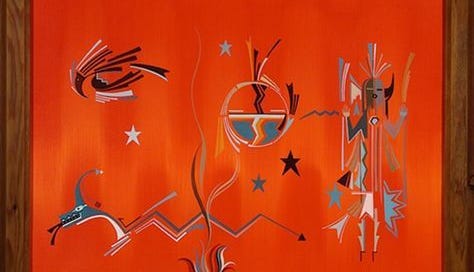


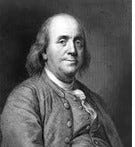
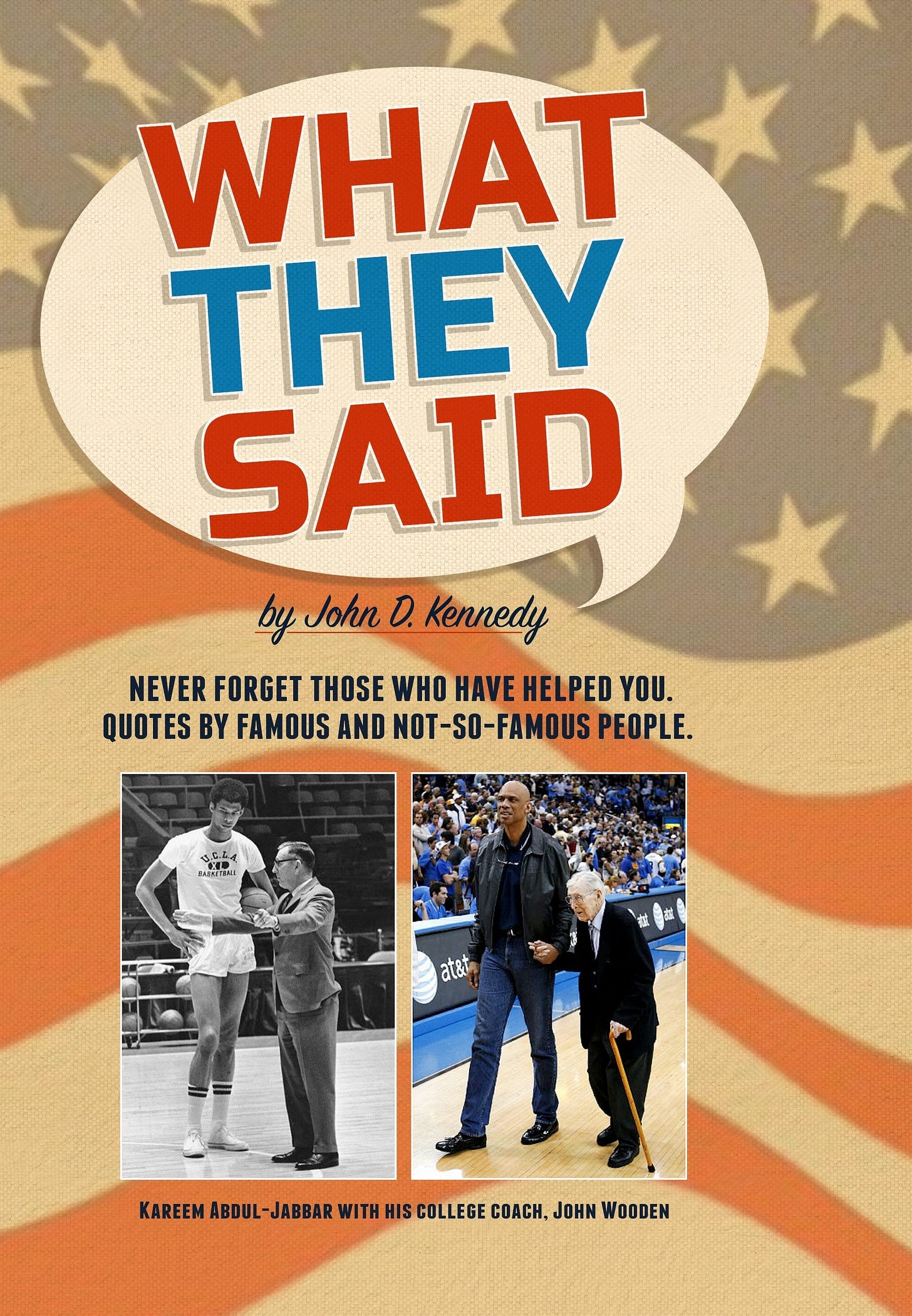
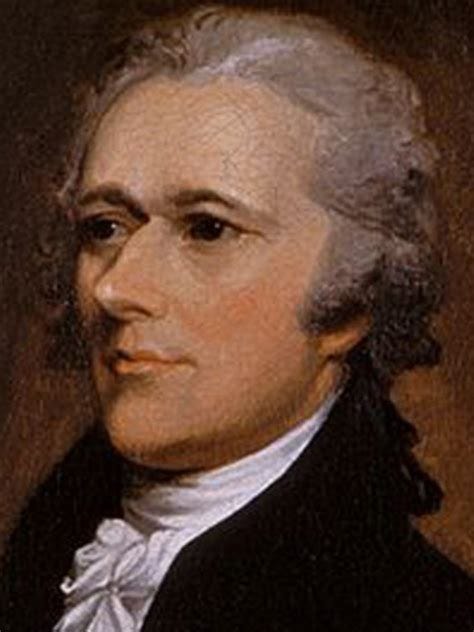

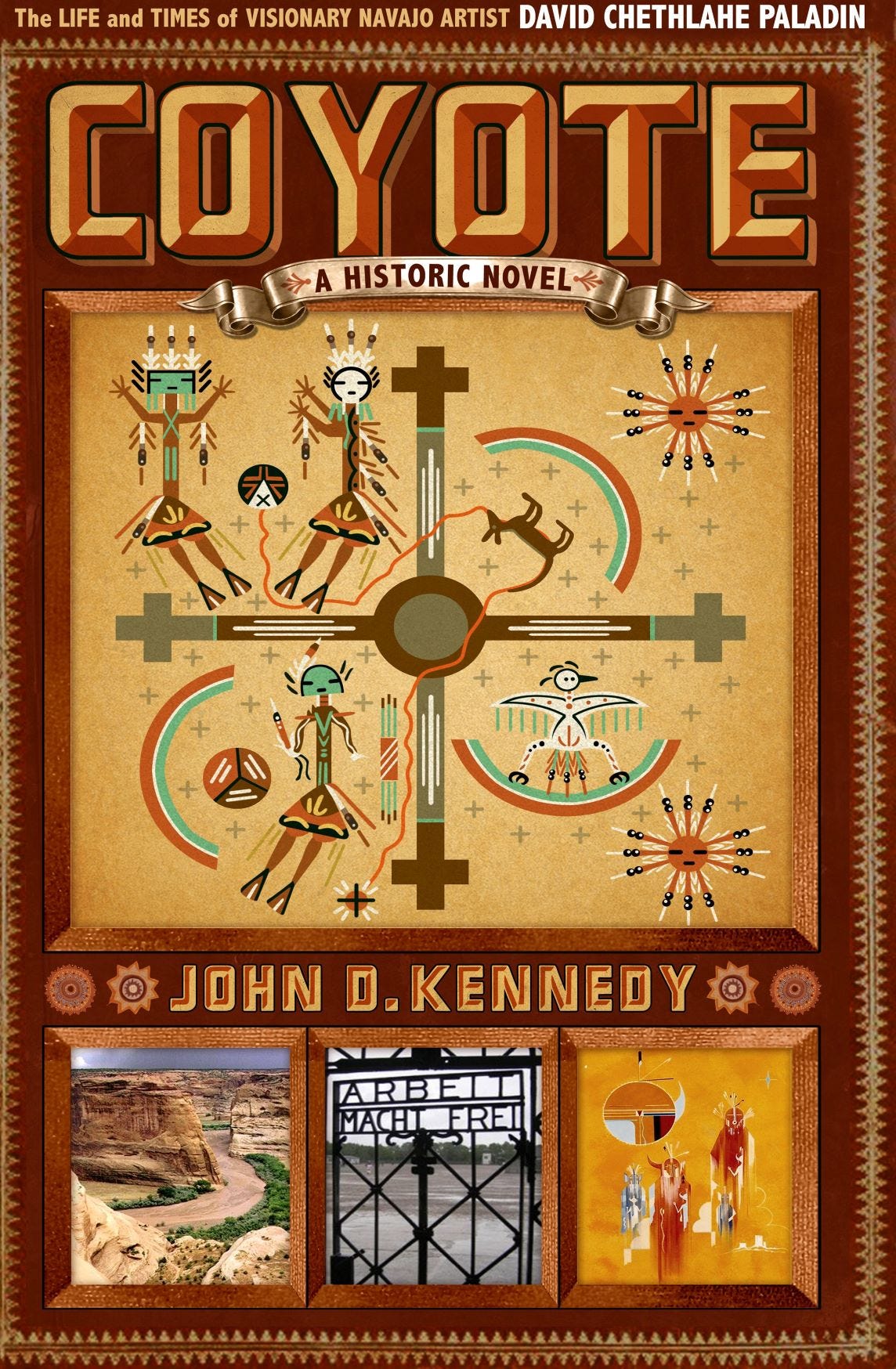
I have followed Caroline Myss for a long time and last night, Feb. 10, 2024, was listening to her audiobook "Energy Anatomy", in which she tells the story of her call from David Chetlahe Paladin's spirit. I was inspired to find out more about him and was led to your Substack, which you posted 22 days before I listened to Caroline's account. I have no doubt that I'm being led to this work at this time for a Divine reason. I look forward to reading your book and I thank you for writing it.
You are a man for all seasons . The movie might be a little dense for our limited attention spans nowadays. I’ll have to read the book . I once had a very strange experience in the Black Mesa /rim area of the Grand Canyon. I didn’t sleep all night because of a very strong feeling... that some one was muttering and sounds of footsteps and distant drums. . Got up 4 or 5 times and shined my flashlight out into the dark. Totally spooked . Logical thought didn’t help. First light I was up and found on the ground -around my bag -dozens of flint shards and some broken pot shards . Unforgettable .